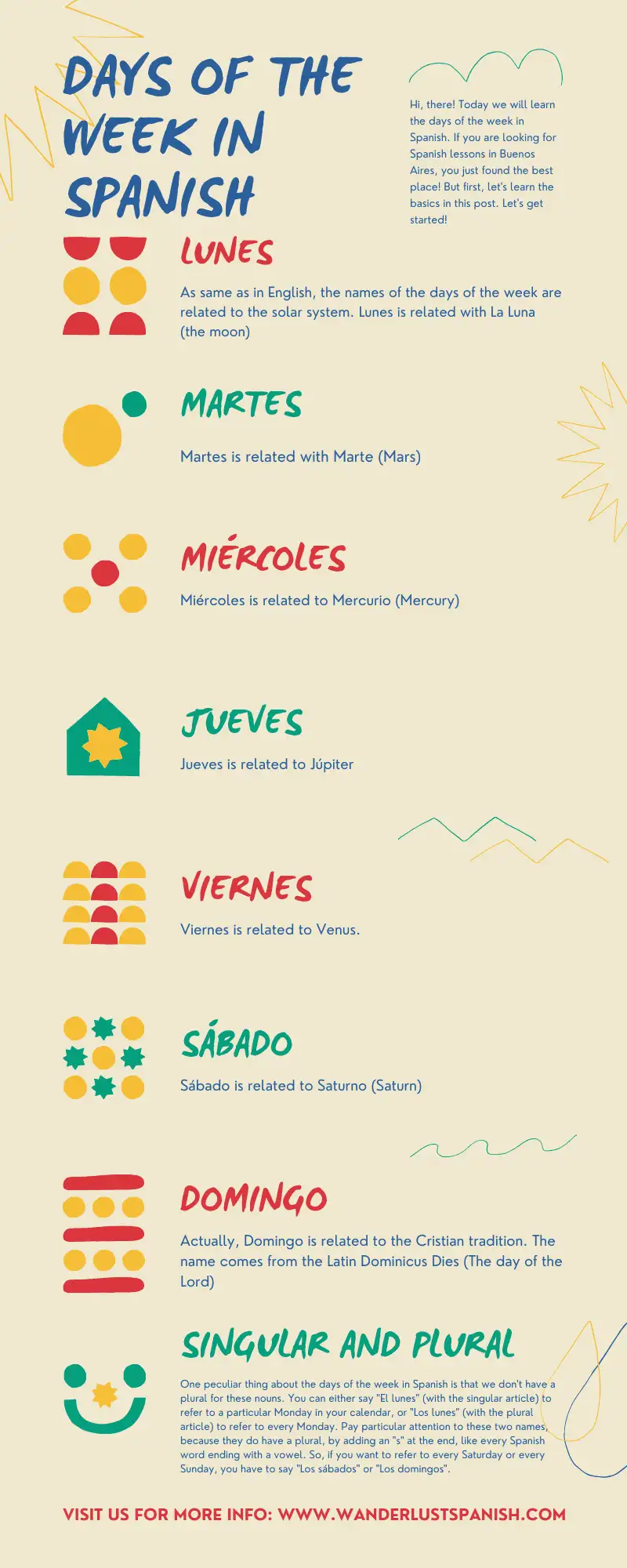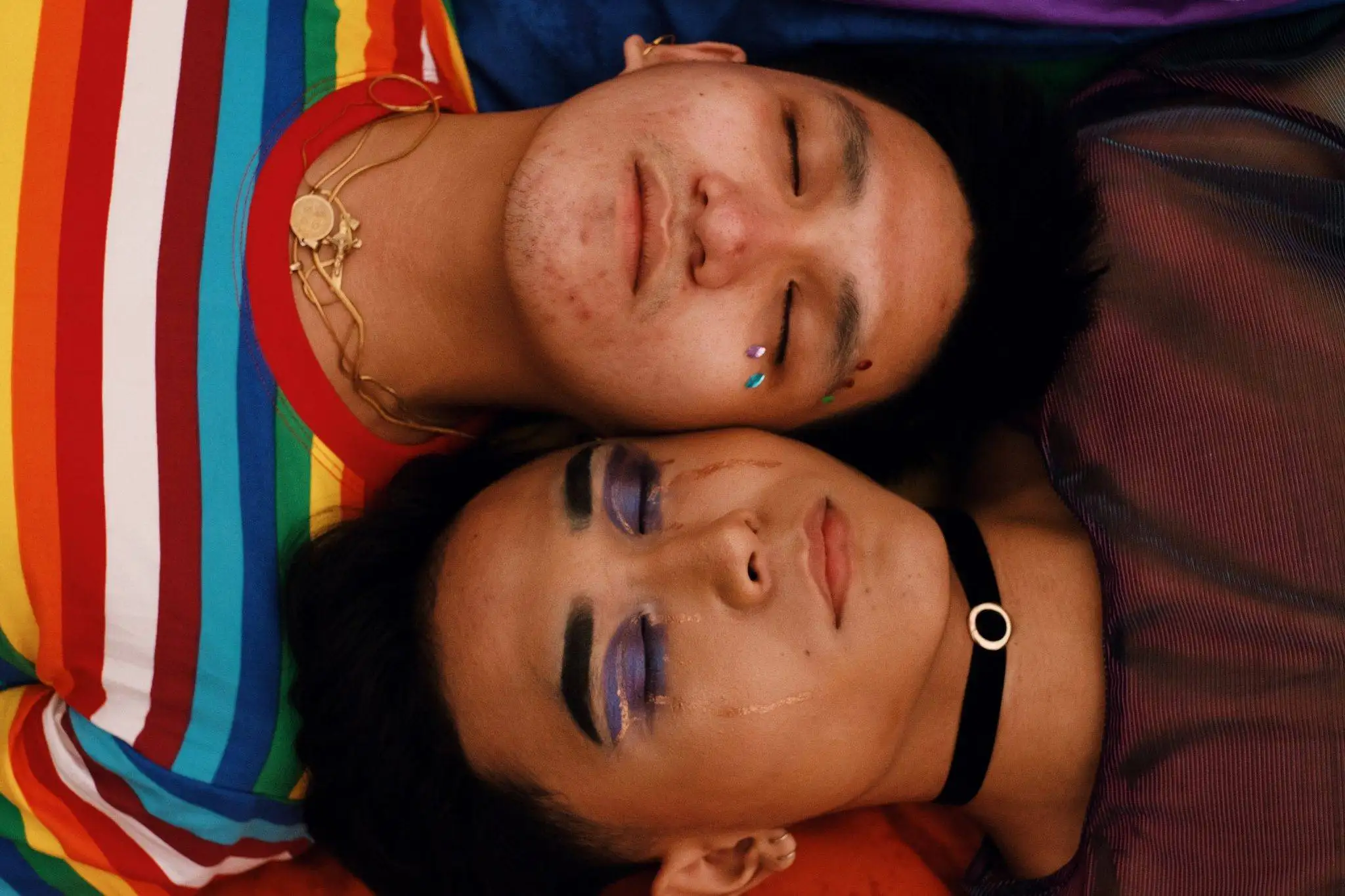Welcome to the world of Rioplatense Spanish, the distinctive dialect spoken in Argentina and Uruguay. In this blog, we’ll take a fascinating journey through the origins, features, and cultural influences that shape this vibrant and expressive way of speaking. From its melodic pronunciation to its unique vocabulary, Rioplatense Spanish offers a delightful linguistic experience that reflects the essence of the region. Get ready to explore the nuances of this dialect in a fun and engaging way, as we delve into the rich tapestry of Rioplatense Spanish.
The Origins of Rioplatense Spanish
Contents
Rioplatense Spanish, also known as River Plate Spanish or Argentine Spanish, is a unique dialect spoken in the region of the Río de la Plata, encompassing parts of Argentina, Uruguay, and Paraguay. This variety of Spanish has its origins in the historical, cultural, and linguistic influences that shaped the region over the centuries.
The roots of Rioplatense Spanish can be traced back to the colonization period of the Río de la Plata region by the Spanish Empire in the 16th century. The Spanish settlers brought their language, which gradually interacted with the indigenous languages and other European languages spoken in the area, such as Portuguese and Italian. This linguistic contact resulted in the emergence of a distinct dialect characterized by unique vocabulary, pronunciation, and grammar patterns.
During the 19th and early 20th centuries, the Río de la Plata region experienced a significant influx of immigrants, particularly from Italy and Spain. These waves of immigration further influenced the evolution of Rioplatense Spanish. The immigrants brought their own linguistic traits, contributing to the enrichment and diversification of the dialect. Italian influence, in particular, had a profound impact on Rioplatense Spanish, with numerous Italian words and expressions becoming integrated into everyday language.
Another factor that shaped Rioplatense Spanish is the socio-cultural history of the region. The Río de la Plata region, particularly Buenos Aires, became a melting pot of different social classes and cultures. The urbanization and rapid growth of cities like Buenos Aires led to the emergence of a distinct sociolect, associated with the lower and middle classes. This sociolect, known as “Lunfardo,” heavily influenced Rioplatense Spanish, introducing slang, idiomatic expressions, and a distinctive rhythm of speech.
Furthermore, the strong influence of tango music and its lyrics played a role in shaping Rioplatense Spanish. Tango, born in the working-class neighborhoods of Buenos Aires, became a cultural symbol of the region and contributed to the consolidation of Rioplatense Spanish as a distinct dialect. The poetic and expressive nature of tango lyrics influenced the vocabulary and phrasing used in everyday speech, further distinguishing Rioplatense Spanish from other Spanish varieties.
In conclusion, Rioplatense Spanish is the result of a complex interplay of historical, cultural, and linguistic factors. From the initial Spanish colonization to subsequent waves of immigration, the socio-cultural context, and the influence of tango music, this dialect has evolved and developed its own unique characteristics. Rioplatense Spanish stands as a testament to the rich linguistic heritage of the Río de la Plata region, reflecting its diverse and vibrant history.
Key Features of Rioplatense Spanish:
One of the defining features of Rioplatense Spanish is its melodious pronunciation. The people of the River Plate region, encompassing Buenos Aires and Montevideo, have a distinct intonation and rhythm that give their speech a musical quality. Another characteristic of Rioplatense Spanish is the use of “Lunfardo,” a secret slang born in the lower classes of Buenos Aires.
Lunfardo adds color and playfulness to the language, with its vibrant vocabulary and playful expressions. Additionally, Rioplatense Spanish embraces the use of “voseo,” a form of addressing others using the pronoun “vos” instead of “tú,” adding a touch of formality to informal conversations. Lastly, the syntax and grammar of Rioplatense Spanish may feature some unconventional constructions, making it a linguistic adventure for language enthusiasts.
- Melodic Pronunciation: The people of the River Plate region, encompassing Buenos Aires and Montevideo, have a distinct intonation and rhythm that give their speech a musical quality. For example, the letter “y” is often pronounced as a “zh” sound, as in the word “llamar” (to call), which becomes “zhamar.”
- Lunfardo: A secret slang born in the lower classes of Buenos Aires, Lunfardo adds color and playfulness to Rioplatense Spanish. It includes words and expressions that are unique to the region. For instance, “laburar” (to work) and “feca” (coffee) are commonly used Lunfardo terms.
- Voseo: Rioplatense Spanish uses “voseo,” a form of addressing others using the pronoun “vos” instead of “tú.” This adds a touch of formality to informal conversations. For example, instead of saying “tú tienes” (you have), Rioplatense speakers say “vos tenés.”
- Syntax and Grammar: Rioplatense Spanish may feature some unconventional constructions compared to other Spanish dialects. For instance, it’s common to use the word “che” as a filler word similar to “hey” or “dude” in English. Additionally, Rioplatense Spanish often employs “vosotros” verb forms instead of the standard “ustedes” form found in other dialects.
Cultural Context and Expressions
To truly understand Rioplatense Spanish, it’s important to explore its cultural context. The gauchos, the iconic cowboys of the Argentine pampas, played a significant role in shaping the identity and language of the region. Tango, the passionate dance form originating in Buenos Aires, also holds a prominent place in Rioplatense culture, and its lyrics often contain poetic expressions unique to the dialect. Another cultural aspect is the ritual of sharing mate, a traditional drink made from dried leaves, which fosters social connections and adds a sense of community to the language.
- Gauchos, Tango, and Mate: The gauchos, the iconic cowboys of the Argentine pampas, played a significant role in shaping the identity and language of the region. Tango, the passionate dance form originating in Buenos Aires, also holds a prominent place in Rioplatense culture. Tango lyrics often contain poetic expressions unique to the dialect, like in the famous tango song “Caminito.”
- Rioplatense Idioms: Rioplatense Spanish is enriched with idiomatic expressions that reflect the local culture and way of life. For example, “estar al pedo” literally translates to “being at fart” but means “to have nothing to do” or “to be bored.”
- Gestures and Body Language: Communication in Rioplatense Spanish goes beyond words. Certain gestures and body language play a significant role in conveying meaning. The “asado” gesture, where people make a circular motion with their hand to refer to a barbecue, is a prime example.
Common Vocabulary and Phrases:
Rioplatense Spanish, the unique dialect spoken in Argentina and Uruguay, boasts a wide range of distinctive vocabulary and phrases that reflect the local culture and way of life. This vibrant and expressive language offers a rich tapestry of words and expressions that add a special touch to daily interactions.
When it comes to greetings and introductions, Rioplatense Spanish carries a distinct flair. Instead of the standard “hola” (hello), you might hear a friendly “che, ¿qué tal?” or “¡buenas!” as a warm way to greet someone. These informal yet affectionate expressions create an immediate connection and reflect the warmth and openness of the locals.
Food and drink-related expressions play a significant role in Rioplatense Spanish, reflecting the region’s culinary delights. From ordering your favorite “empanadas” or “asado” to sipping on a refreshing “mate” tea, the vocabulary around food becomes a gateway to the cultural experiences that Argentina and Uruguay have to offer. Learning phrases like “¿vamos a tomar un cafecito?” (Shall we grab a coffee?) or “¿dónde puedo conseguir una buena medialuna?” (Where can I get a good croissant?) will not only enhance your language skills but also immerse you in the gastronomic wonders of the region
.Socializing and nightlife hold a prominent place in the River Plate region’s urban culture, and Rioplatense Spanish captures the energy and excitement of these experiences. Understanding phrases like “vamos de joda” (let’s go partying), “me re copa” (I love it), or “che, ¿qué hay de nuevo?” (hey, what’s new?) will help you navigate the vibrant social scene and effortlessly connect with the locals.
By immersing yourself in these colloquial expressions and embracing the linguistic charm of Rioplatense Spanish, you’ll gain a deeper understanding of the local customs, traditions, and ways of life. Each conversation becomes an opportunity to forge meaningful connections and create lasting memories. So, dive into the vibrant vocabulary and unique phrases of Rioplatense Spanish, and let the language guide you on an unforgettable journey through Argentina and Uruguay’s rich cultural landscapes. ¡Disfrutá la aventura lingüística! (Enjoy the linguistic adventure!)
Congratulations on embarking on this linguistic journey through the captivating world of Rioplatense Spanish! By understanding the origins, key features, and cultural context of this vibrant dialect, you’ll be better equipped to appreciate and connect with the people of Argentina and Uruguay.
Embrace the melodic tones, unique vocabulary, and rich cultural expressions of Rioplatense Spanish as you explore these captivating countries. Remember, language learning is a journey filled with exciting discoveries, so have fun, be curious, and let the magic of Rioplatense Spanish infuse your cultural experiences. ¡Buena suerte y disfruta el viaje!









